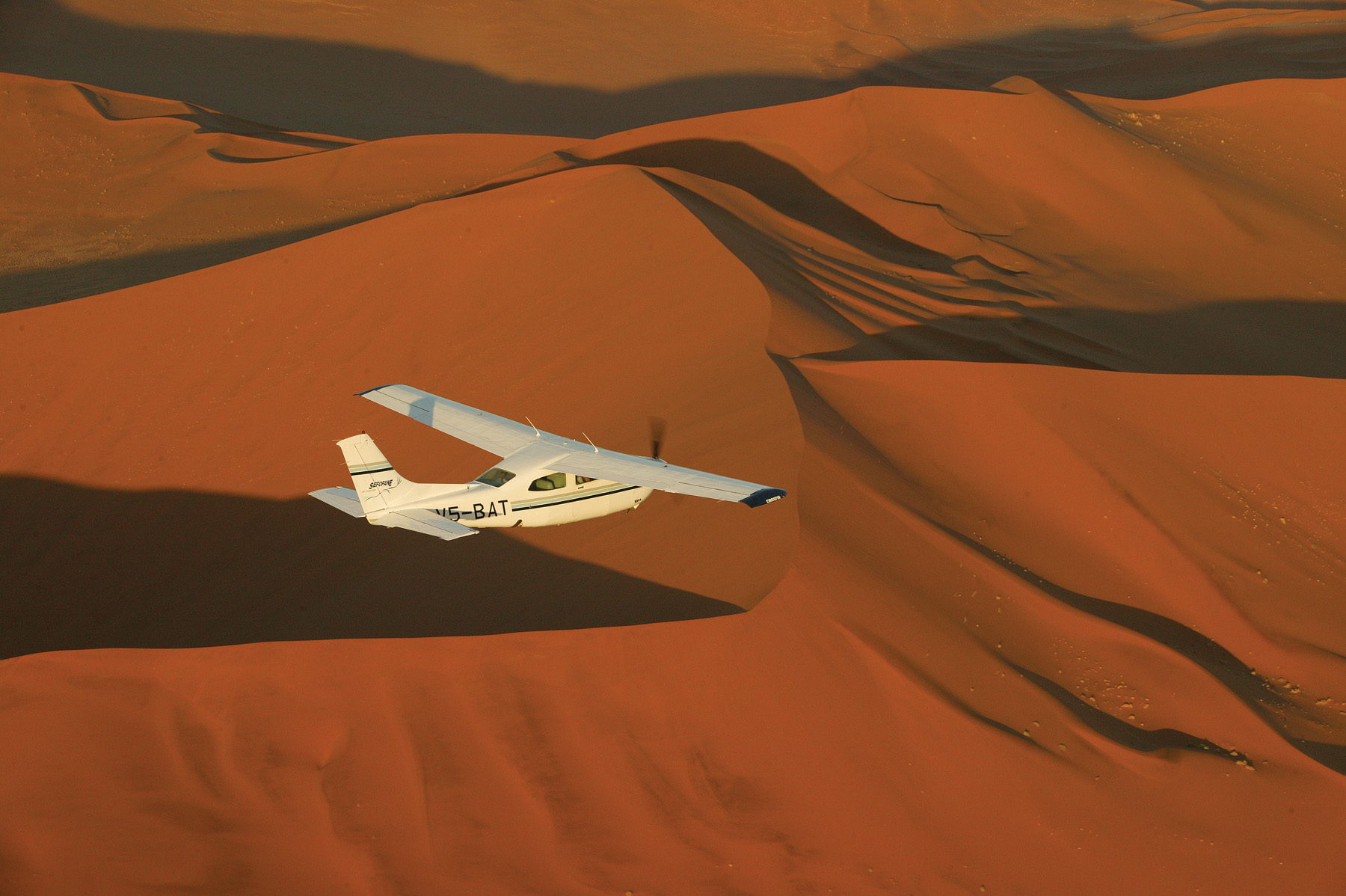Namibia's Treasures: Unveiling the Splendor of its Two World Heritage Sites

Oh, Namibia, what a gem.
This African nation is home to fascinating cultural diversity and boasts a unique geography that will take your breath away.
Namibia is home to not just one but two World Heritage Sites that are just as incredible as they sound. These sites are home to some of Earth's most ancient and precious natural and cultural treasures.
From the stunning red dunes of Sossusvlei in the Namib Desert to the natural rock formations and ancient rock paintings of Twyfelfontein, Namibia's treasures are definitely worth unveiling. So grab your binoculars and sense of wonder, and prepare for an adventure in Namibia like no other!
Twyfelfontein: A Window into Ancient History

Have you heard of Twyfelfontein? No, it's not a fancy new font for your documents. It's actually a window into ancient history located in Namibia.
This place has earned a title that only a few places can boast of—it's a World Heritage Site. Here you can find inscriptions and carvings etched into sandstone formations that date back thousands of years.
Talk about timeless art! No wonder Twyfelfontein (officially known as ǀUi-ǁAis) made it to UNESCO's list. The criteria for selection include factors like uniqueness, cultural significance, and the ability to represent a significant stage in human history, and this site definitely ticks all the boxes.
Rock art and engravings: A glimpse into the lives of ancient communities
Twyfelfontein's rock art and engravings are like stepping into a time machine and being transported to the lives of ancient communities. We're talking over 2,000 rock paintings and engravings up to 6,000 years old!
The different styles and techniques used by these ancient artists are mind-boggling. And don't even get us started on the scenes and symbols depicted—birds, giraffes, people, you name it.
It's all there for us to interpret and let our imaginations run wild. It's like playing a never-ending game of Pictionary, except the answers are thousands of years old.
Geological wonders of Twyfelfontein
ǀUi-ǁAis is one of the most impressive sights is the Organ Pipes—towering stone columns that look like some ancient giant carved them.
And don't miss the opportunity to snap a photo of Burnt Mountain, an intriguing formation that seems to be on fire! But these wonders aren't just for show. They have serious ecological importance, providing a unique habitat for plants and animals.
Namib Sand Sea: A Desert Wilderness

When you think of Namibia, you might picture a vast desert with nothing but endless stretches of dunes, scorching heat, and the occasional wild animal. And while that might be partially true, there's something else you should know about this country: it's home to another UNESCO World Heritage Site.
The Namib Sand Sea is a seemingly lifeless desert expanse with a secret treasure trove of natural wonders. This is no ordinary desert. Here, the dunes reach up to 300 meters high, where air currents sculpt intricate patterns in the sand and where a unique ecosystem has adapted to thrive in one of the harshest environments on Earth. But don't take our word for it—let's delve deeper into what makes this place so unique.
Diverse ecosystems in the Namib Desert
Namibia's treasures go beyond just its natural beauty and landscapes. The Namib Desert is home to diverse ecosystems where flora and fauna have adapted to survive in extreme conditions. The animals, such as the desert elephant and lion, have evolved to live in the desert, while plants like the welwitschia can survive for over 2,000 years.
Namibia's two World Heritage Sites highlight the unique ecological systems and the importance of preserving them.
It's fascinating to learn about how wildlife thrives in the desert and how these creatures interact with their surroundings. Visiting Namibia's World Heritage Sites is an experience that will leave you in awe of nature's ability to conquer extreme environments.
The breathtaking landscapes of the Namib Sand Sea

The Namib Sand Sea presents a surreal world of tinted dunes, which cannot be found anywhere else. Standing at the top of Sossusvlei's fiery red dunes, watching a sun-soaked landscape stretch before you as far as the eye can see, is an unforgettable experience.
Deadvlei, with its eerie and ghostly trees, also makes for an intriguing sight and stunning photos.
The cultural significance of the Namib Desert
The Namib Desert is not just a dry expanse of land, but a place with a rich cultural history passed down from generation to generation by indigenous communities.
These communities possess traditional knowledge of the desert that's been used to survive in this harsh, arid environment for centuries.
This area is also a cultural landscape that symbolizes the connection between the past and the present. You'll find remnants of past civilizations, such as rock art, that reflect ancient traditions and beliefs. Its historical significance is what earned the desert its place on the list of Namibia's two world heritage sites.
Tourism and Local Communities
Each World Heritage Site boasts unique wonders and treasures waiting to be explored.
The twofold impact of tourism on these sites is undeniable, and it poses both conservation and economic development challenges. Finding the right balance to ensure the sites' sustainability while attracting tourists can be tricky, but it is critical to their survival.
Community-based tourism initiatives have been implemented to promote the locals' welfare and ensure the sites' conservation. These initiatives have yielded success stories, with the communities actively participating in tourism activities and benefiting from its economic opportunities. As a visitor, participating in these initiatives offers a unique chance to engage with the locals, experience their culture, and contribute to their well-being.
Conclusion

Namibia is a remarkable country that boasts stunning natural beauty and unique cultural history. Two of its crown jewels are the Twyfelfontein and Namib Sand Sea World Heritage Sites.
Twyfelfontein is a rare example of prehistoric rock art, showcasing over 2,000 engravings that date back to 6,000 years ago.
The Namib Sand Sea is home to diverse flora and fauna, including the famous Welwitschia plant, which can live for up to 1,500 years.
Preserving these Wonderous natural and cultural sites is paramount for future generations. Sustainable tourism and conservation efforts can help maintain the splendour of these sites without causing further harm.
Images by: Solly Levi



Share This Post